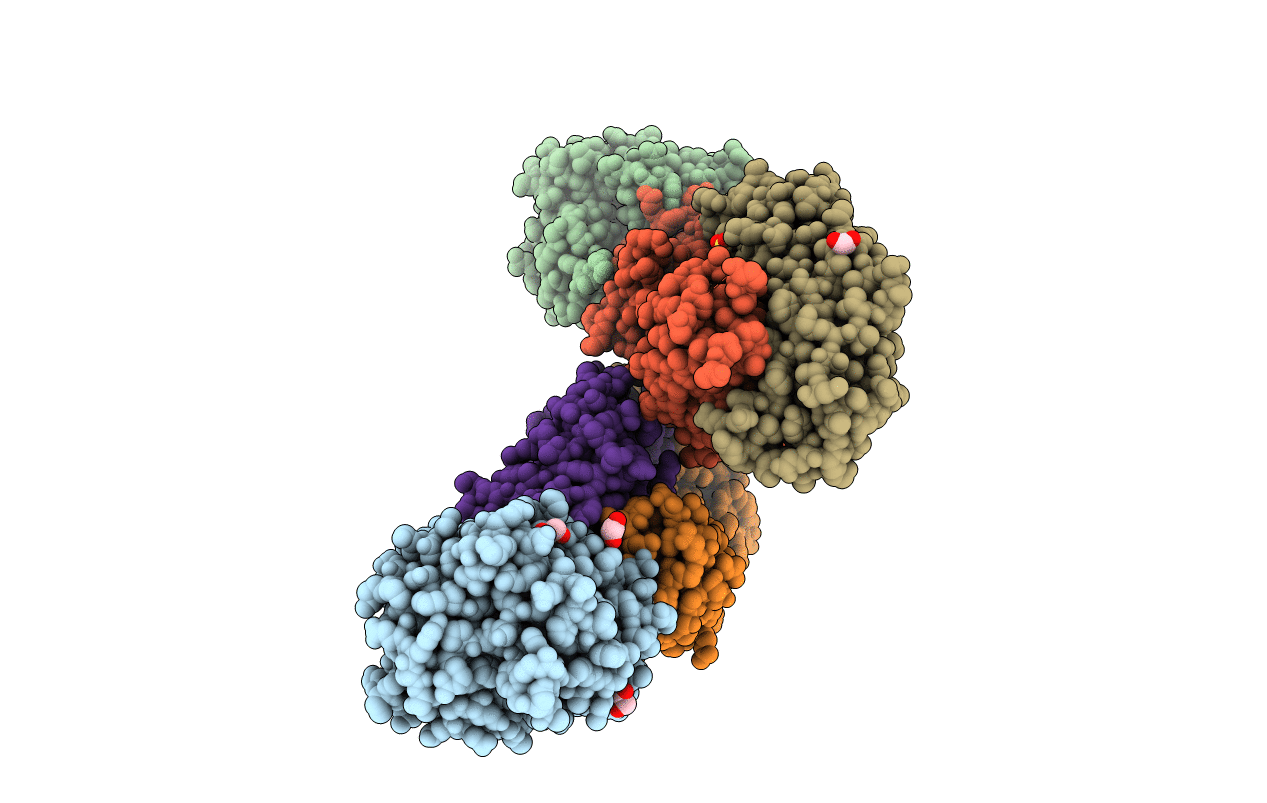
Deposition Date
2007-12-13
Release Date
2008-09-09
Last Version Date
2024-11-06
Entry Detail
PDB ID:
3BN9
Keywords:
Title:
Crystal Structure of MT-SP1 in complex with Fab Inhibitor E2
Biological Source:
Source Organism:
Homo sapiens (Taxon ID: 9606)
Host Organism:
Method Details:
Experimental Method:
Resolution:
2.17 Å
R-Value Free:
0.26
R-Value Work:
0.22
R-Value Observed:
0.22
Space Group:
P 21 21 21


